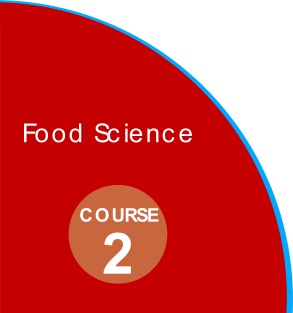When Food is the Enemy

Essential Question
How common are food allergies?
Engagement Scenario
Food allergies are on the rise. According to the Food Allergy Research and Education (FARE) Organization, a 2008 study by the Centers for Disease Control and Prevention (CDC) reported an 18% increase in food allergies from 1997 to 2007. They also reported a study from 2013 stating that food allergies among children increased about 50% between 1997 and 2011. Scientists have not yet discovered why food allergies are on the rise, but the issue has taken America’s schools by storm. FARE also reported that more than 15% of school-aged children with food allergies have had a reaction in school, and the reactions occurred in locations beyond the cafeteria. In addition, 20-25% of epinephrine administrations in schools involved individuals whose allergy was unknown at the time of the reaction.
After seeing an alarming news report about food allergies and speaking with school district officials, your principal has charged your Food Science class with the task of creating awareness of food allergies within our school community. Over the next few weeks, you will explore the topic of food allergies, conduct research to determine the prevalence of food allergies among our peers, faculty, and staff, and use the information we collect to create a public service announcement to help create awareness of food allergies. The school administration team and cafeteria staff will review the PSAs and identify the best ones to air on the school news.
To accomplish your task, you and your team will conduct research to learn about everything food allergy related, from the top allergy causing foods and how to read food labels to identify allergens, to the symptoms of anaphylaxis, to how to administer an EpiPen. You will also use the information you gather to create a survey for students, faculty, and staff (the entire school population) in order to investigate the prevalence of food allergies in our school community.
Once all of the research is complete and the data have been analyzed, you will use what you have learned to create a public service announcement. Your public service announcement will report some of the findings from the research as well as statistics from the survey.
Course 2 Unit 2 Complete Curriculum
Appendices
| Day 1 | Day 2 | Day 3 | Day 4 | Day 5 |
| Day 6 | Day 7 | Day 8 | Day 9 | Day 10 |
| Day 11 | Day 12 | Day 13 | Day 14 | Day 15 |
|
None |
None |
None |
||
| Day 16 | Day 17 | Day 18 | Day 19 | Day 20 |
Videos
Dr. Keri Peterson Discussses 'Food Allergies' on Fox News
Food Allergies Create Tempting Target for Bullies